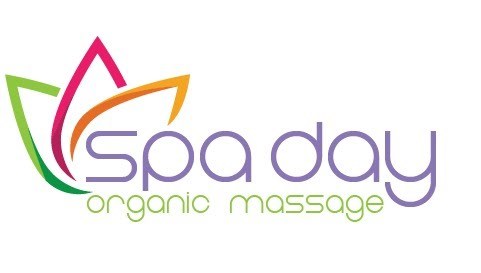
Choosing Your Massage: Swedish Vs. Deep Tissue – the Decision
May 24, 2024
The Fine Line Between Swedish Massage and Deep Tissue Massage
May 24, 2024In the realm of therapeutic massage, two prominent styles often come into focus: Swedish massage and Deep Tissue massage. Each technique, while bearing similarities, employs distinct methods and yields unique benefits, making them suitable for different needs and conditions.
The Swedish massage, known for its relaxing and rejuvenating effects, utilizes a variety of strokes to enhance circulation and relieve muscle tension. On the other hand, Deep Tissue massage, as the name implies, targets the deeper layers of muscle tissues and is often recommended for chronic aches and pains.
As we examine these two types of massage in more detail, we shall uncover their specific advantages, appropriate application, and how to discern which massage type would best cater to your needs and preferences.
Delving into the realm of Swedish Massage, it is essential to comprehend that this particular massage technique emphasizes relaxation, tension release, and overall wellness. Originating from Sweden, this holistic approach to bodywork is recognized for its gentle yet effective strokes, providing a soothing, tranquil experience that caters to the body’s need for rest and recuperation.
Swedish Massage employs techniques such as effleurage, petrissage, tapotement, and friction, each designed to target different issues and contribute to the overall therapeutic outcome. Effleurage, for example, involves long, sweeping strokes to warm up the muscle tissue and enhance circulation. Petrissage, on the other hand, involves kneading and rolling techniques to release muscle tension and improve flexibility.
Furthermore, the Swedish Massage encourages a sense of belonging and connection. It cultivates an environment wherein individuals can feel nurtured and cared for, promoting not only physical healing but also emotional well-being. It is this holistic approach that sets Swedish Massage apart, making it a preferred choice for those seeking a well-rounded, comprehensive form of relaxation therapy.
In contrast to the gentle approach of Swedish Massage, Deep Tissue Massage employs a more rigorous, concentrated technique aimed at resolving chronic muscle tension and knots. This form of therapy is especially beneficial for those suffering from consistent pain, injury recovery, postural problems, or individuals engaged in heavy physical activity.
Deep Tissue Massage requires a therapist to apply sustained pressure using slow, deep strokes to target the inner layers of the muscles and connective tissues. This intense manipulation helps to break up scar tissue that forms following an injury and reduces tension in muscle and tissue. It may also promote faster healing by increasing blood flow to the affected area and reducing inflammation.
Unlike Swedish Massage, the focus is more on altering the structure and muscle restrictions, rather than just relaxation. It’s not uncommon to experience some discomfort or pain as the therapist works on areas where there are adhesions or scar tissue.
While Deep Tissue Massage is more pressure-intense, it shouldn’t be painful. Communication with your therapist is crucial to ensure a comfortable experience. Despite its intensity, many find their body feels lighter and more at ease after a Deep Tissue Massage. A sense of renewed energy and relief from long-term aches and pains are common benefits reported.
Both Swedish and deep tissue massage offers significant healing and relaxation benefits, albeit through different techniques.
Swedish massage, akin to a gentle, soothing river, offers relaxation and superficial muscle tension relief.
Deep tissue massage, on the other hand, mirrors a forceful, penetrating storm, targeting deep-seated tension and knots.
Individuals should select the modality that best aligns with their wellness and relaxation needs, considering factors such as pain threshold, stress level, and overall health.
Read more:
The Fine Line Between Swedish Massage and Deep Tissue Massage
Choosing Your Massage: Swedish Vs. Deep Tissue – the Decision





